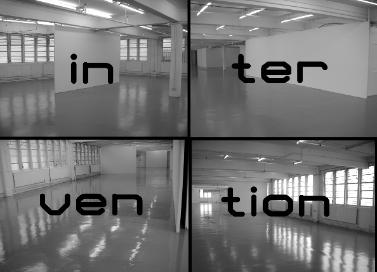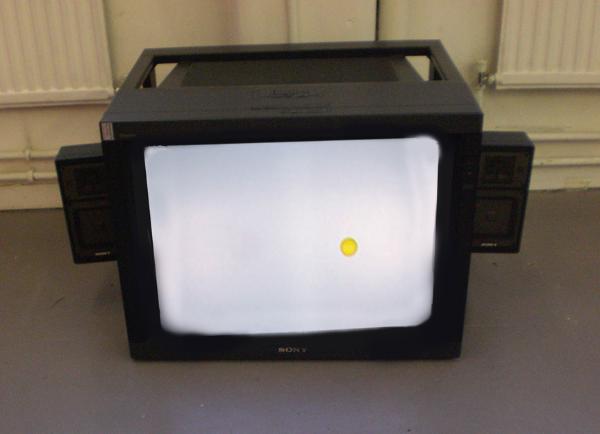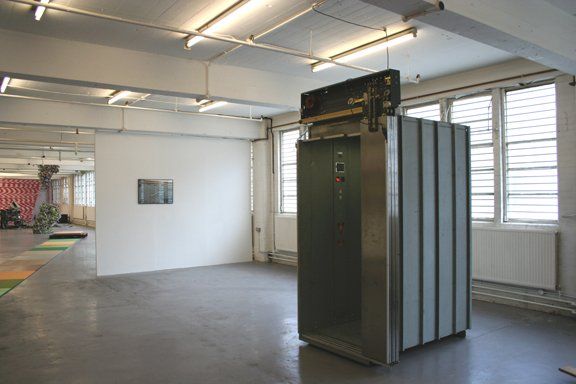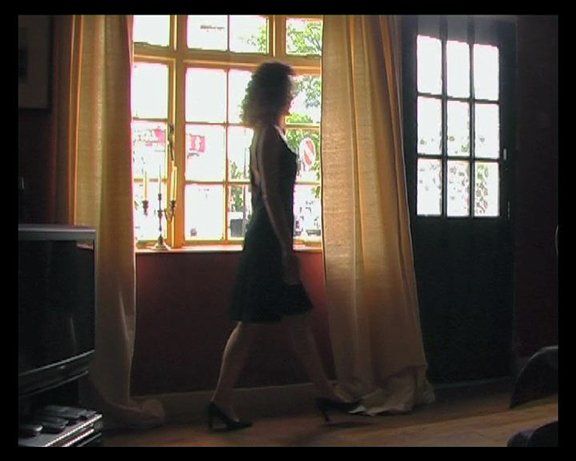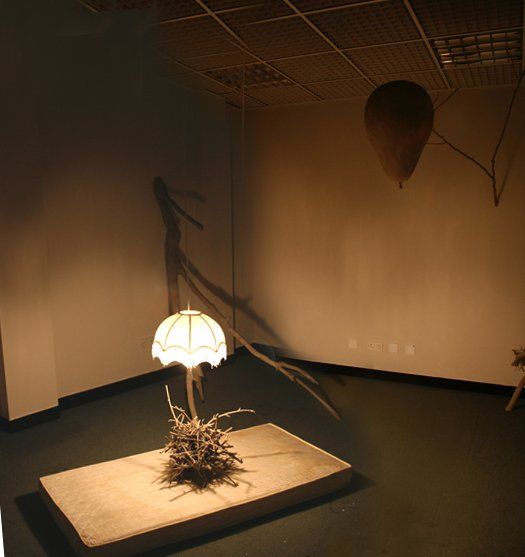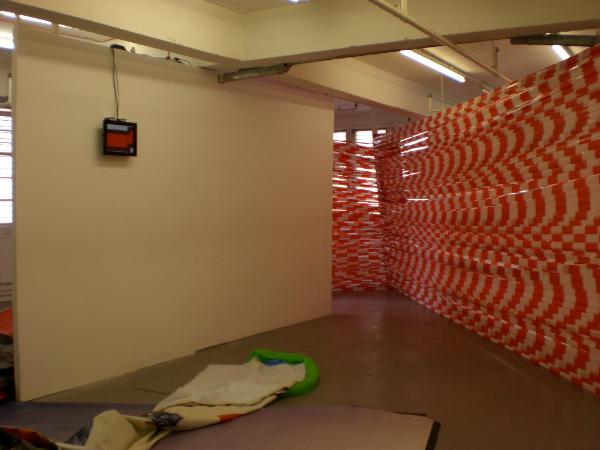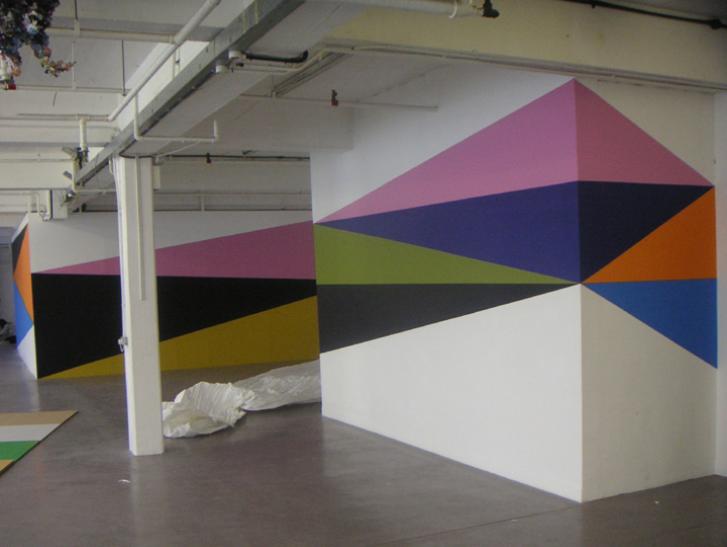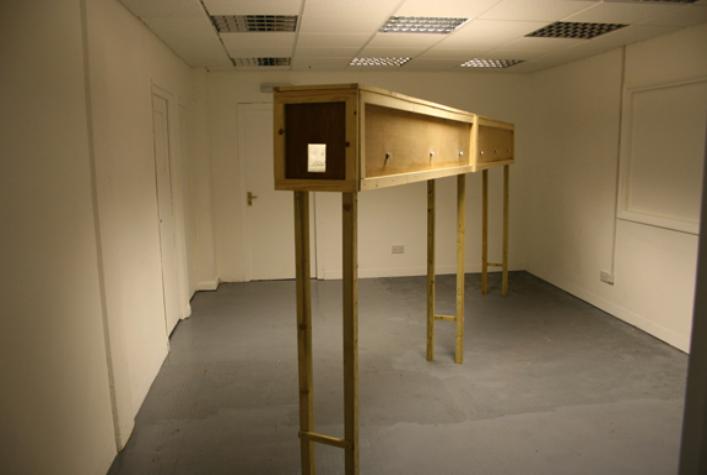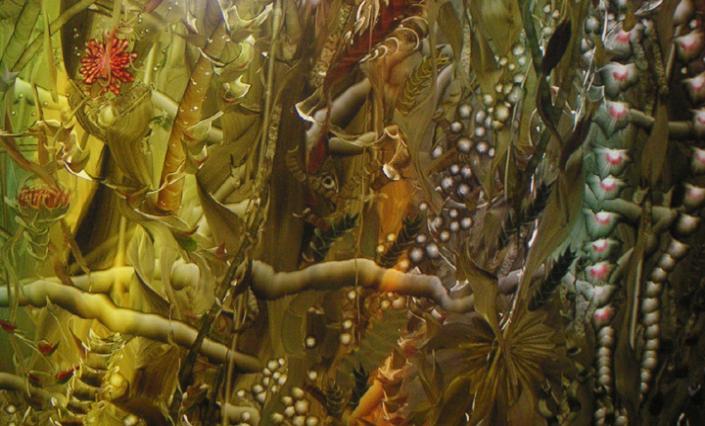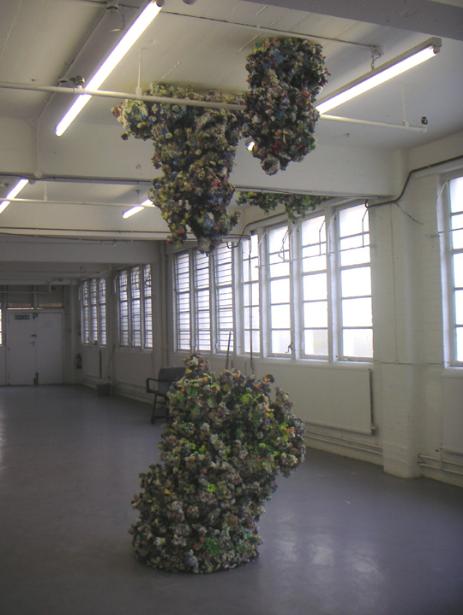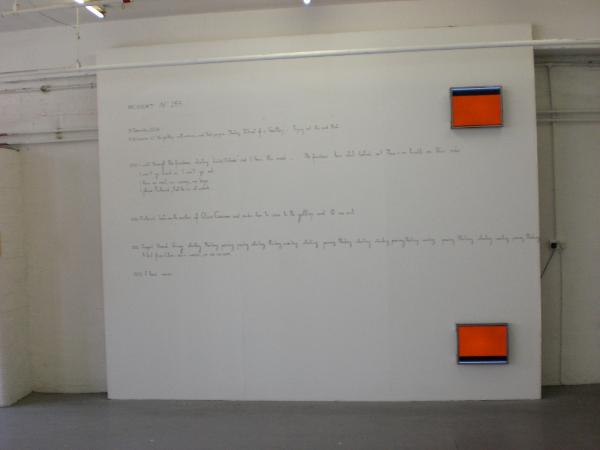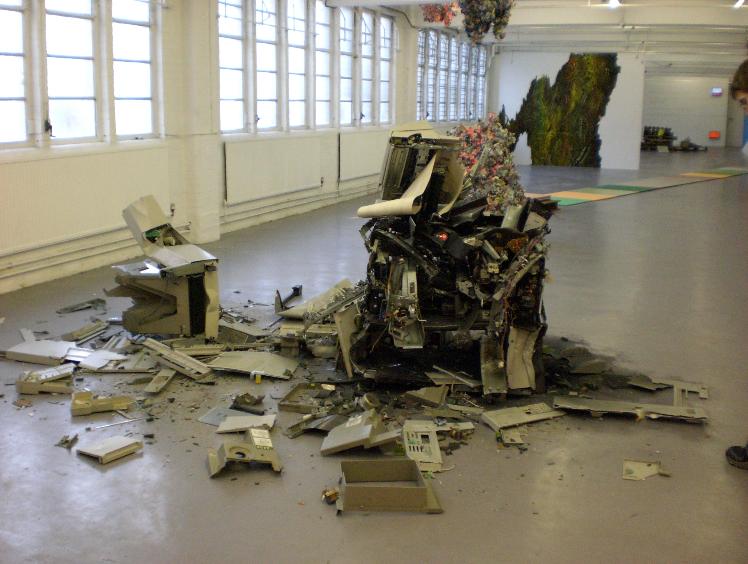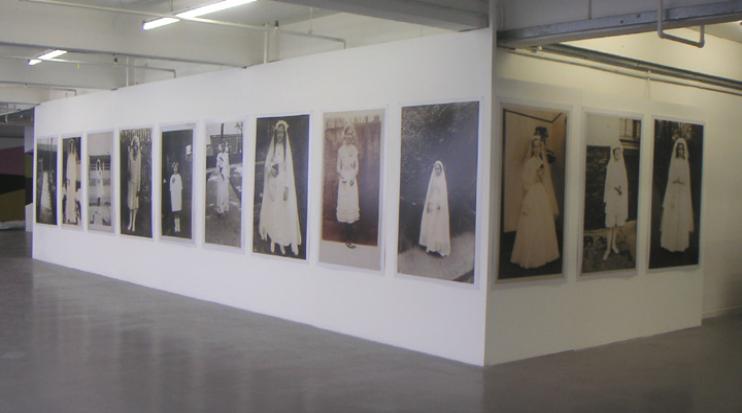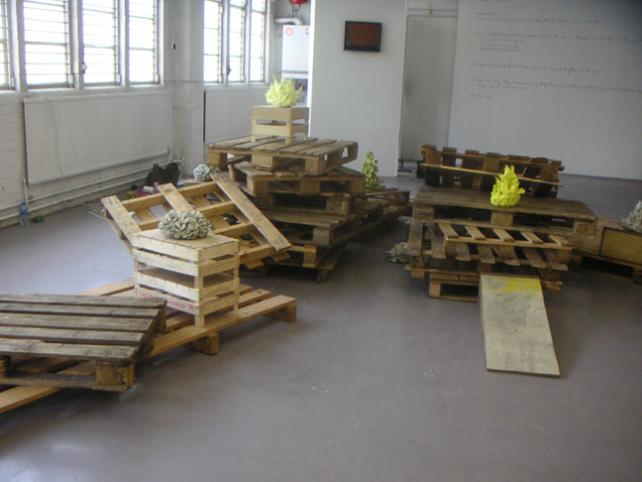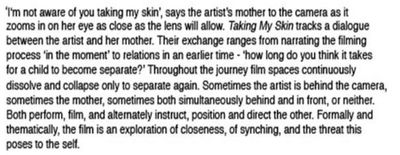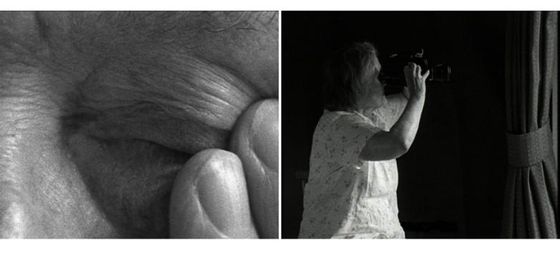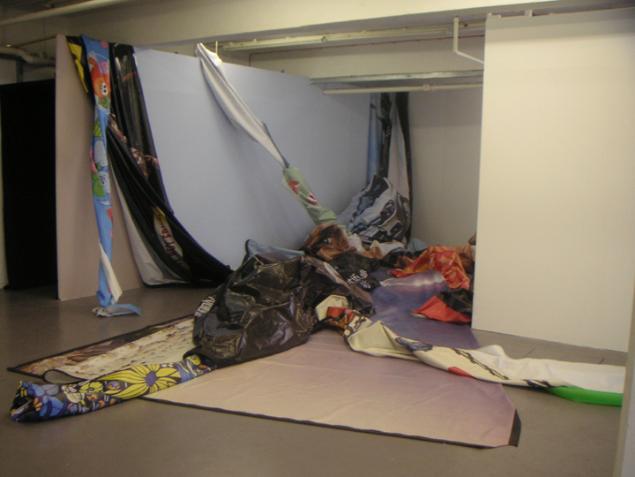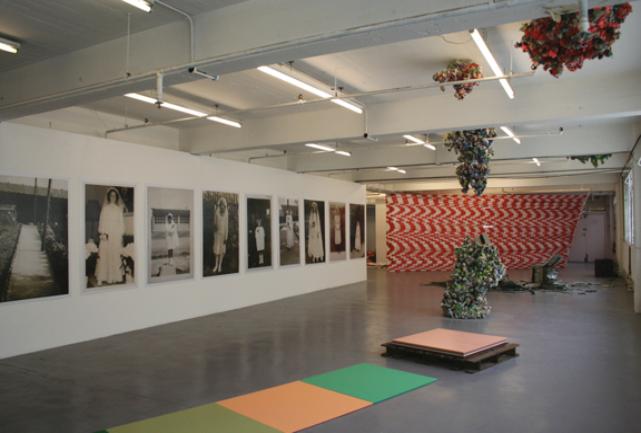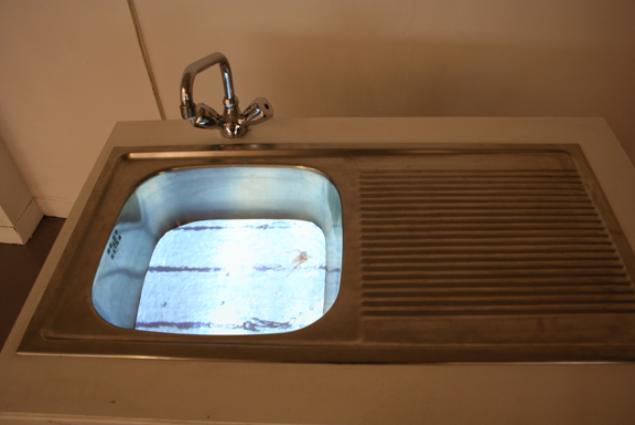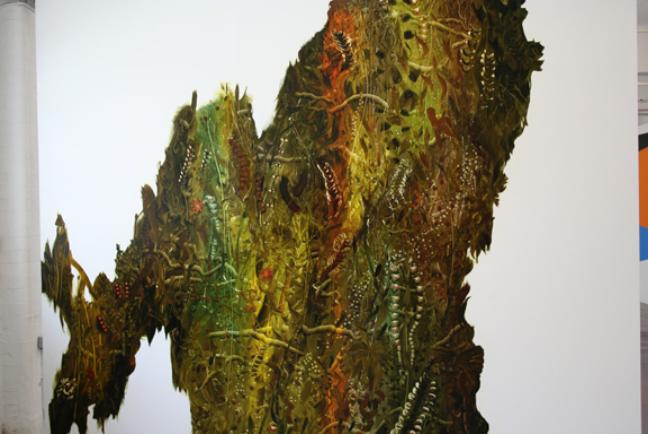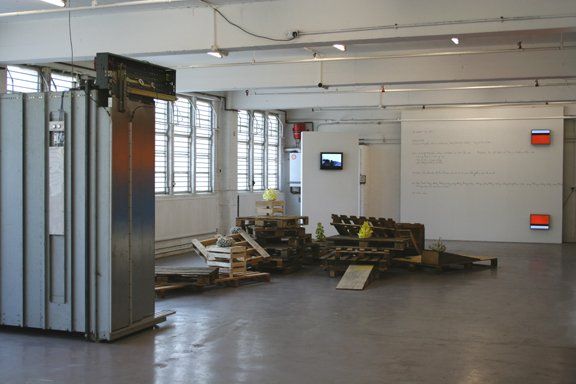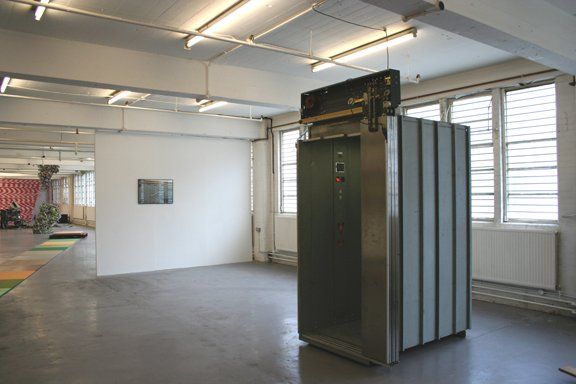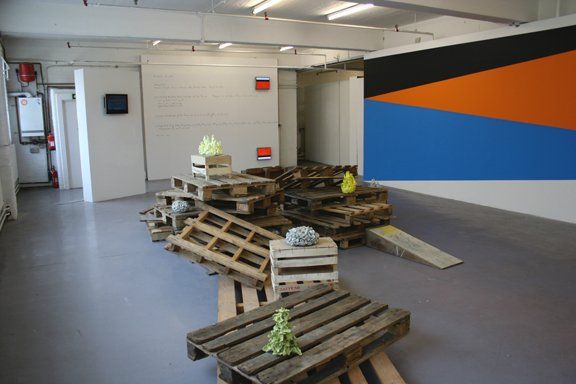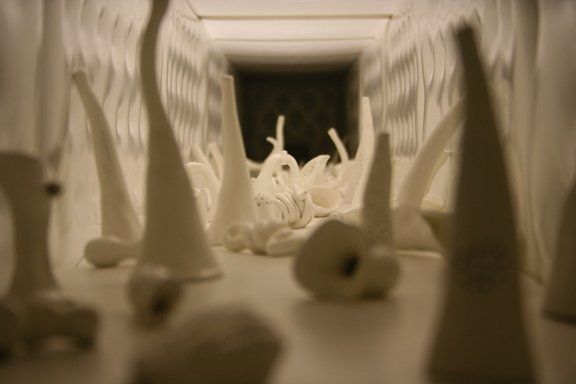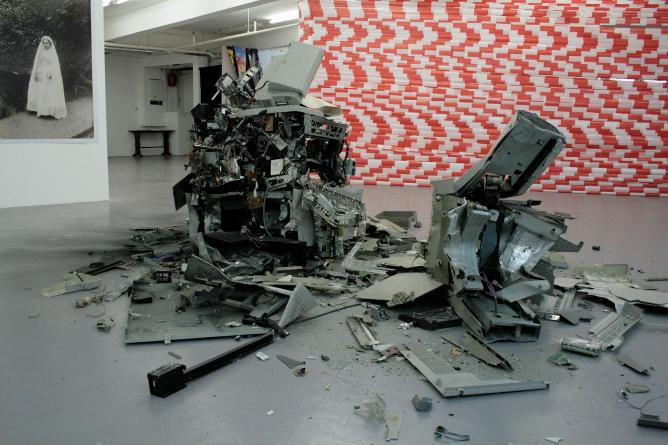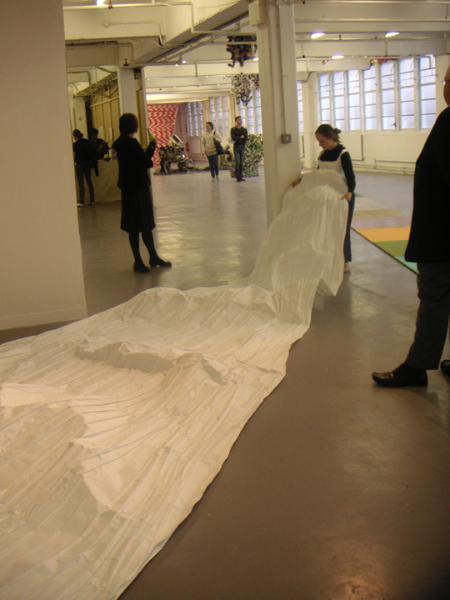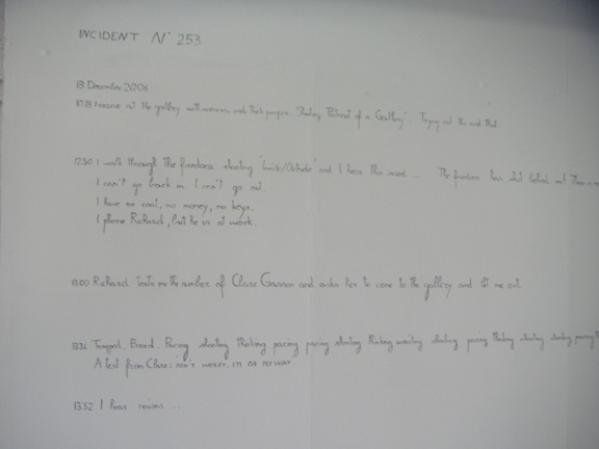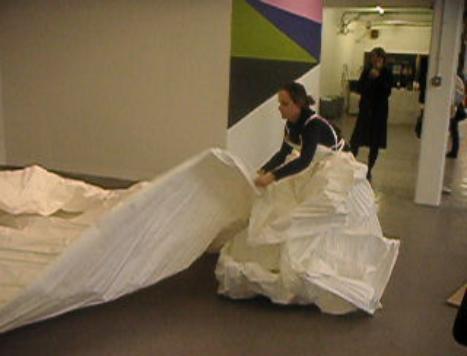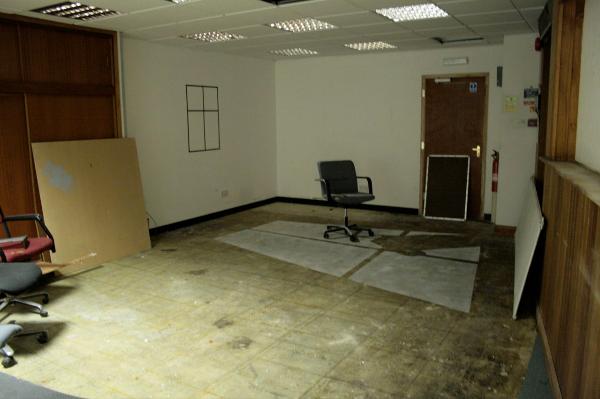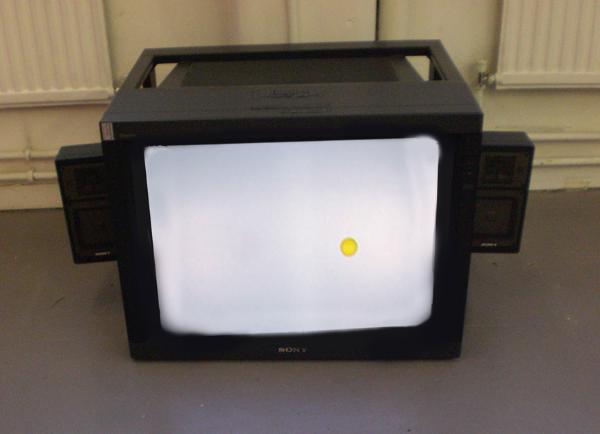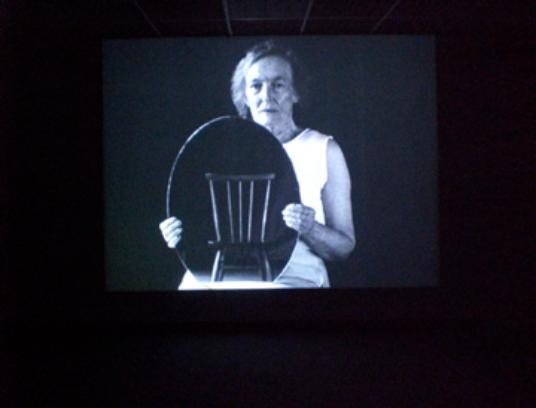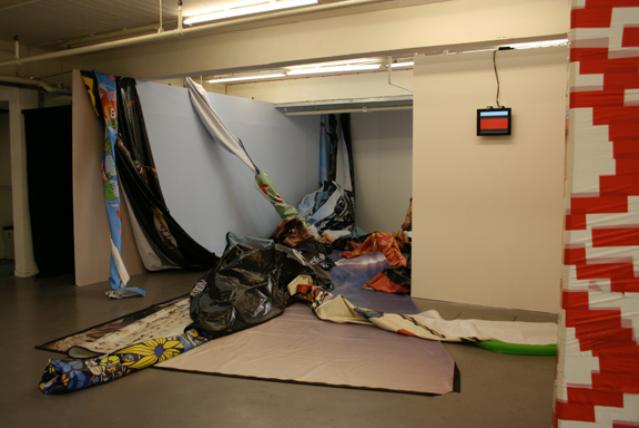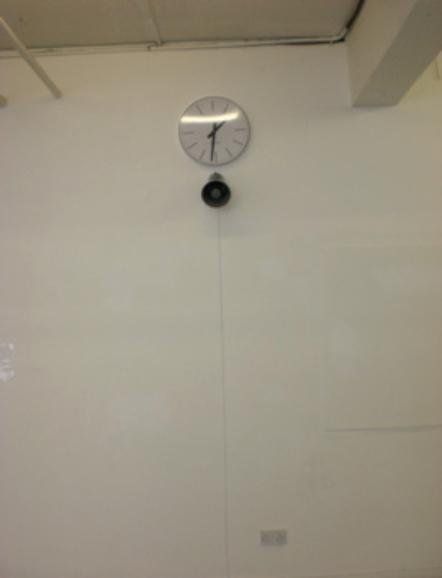PAUL CARTER
Imp’: Replace word ‘models’ with ‘Constructions’ Fiction and metaphor, Limits of possibilities of expansion and contraction in architecture and its use. Limits of in figure in architecture Limits of objects in architecture Possible spaces Metaphoric spaces Proposal is to build a construction Practice involves expanding and contracting, constructing and sculpting within models and actual architecture. Imaginary impossibilities Limits of metaphor, possibilities of movement Activities of this place Fiction of blowing the walls apart Expansion , contraction and friction Model constructions incorporating lift and lift shaft placed next to life size lift with opening and closing doors. Movement, inertia Lift potential of movement within architecture to other levels but in this instance not immediately accessible. Models suggesting imaginary possibilities shaft deposits ‘Window Seat’ window work seat bed, window work seat bed placed in lift House clearance Relocation Interests lie with the potential of immersion within constructed spaces and the referencing of something outside, elsewhere. Traversing architectural thresholds and the possibilities of movement in and out, physically and metaphorically. Expanding, contracting, forming, sculpting with models through architecture. Replace word ‘models’ with ‘Constructions’
